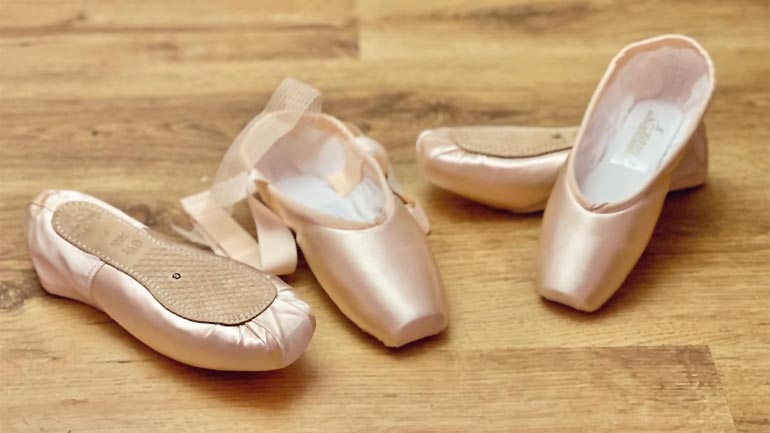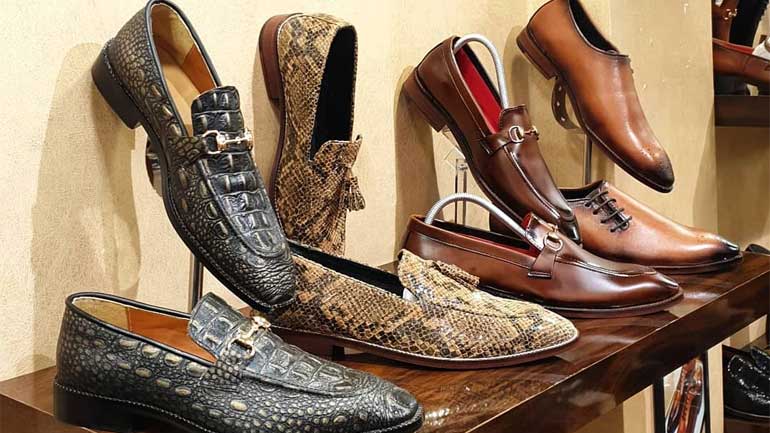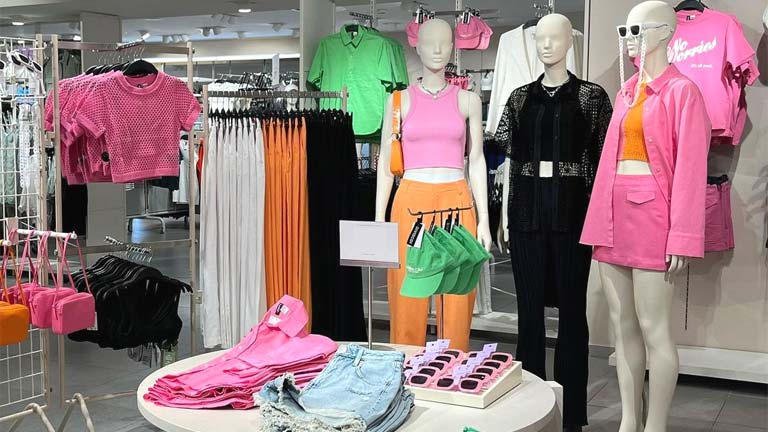
In the world of ballet, graduating from ballet slippers to pointe shoes is an incredibly exciting time. Such advancement is a sign of all the hard work and dedication you put into your craft, allowing you to grow as a ballet dancer. Dancing en pointe requires strength, balance, and elegance, so being offered the opportunity to study pointe is an indication that you’re well on your way to becoming an accomplished dancer.
When it comes time to purchase your first pair of pointe shoes, it may surprise you that there are various brands and shapes to choose from. Since everyone’s feet are unique, it doesn’t make sense for pointe shoes to be offered in one-size-fits-all. By going to a fitter and exploring your options, you can be confident that you are choosing a shoe that will best work for you. But what exactly are the variations, and what needs to be considered when selecting a pointe shoe? Let’s explore the differences among pointe shoes below.
Determine Your Foot Shape/Box Shape
The first step in deciding which pointe shoes are the perfect ones for you is determining the shape of your feet. Since you will be balancing on the box within your pointe shoes, the shape of the box can actually be adapted to fit the length of your toes.
Grecian
This is where your second toe is longer than your first (big) toe. When it comes to selecting your pointe shoe, you’ll want to fit it according to your second toe, as it is what makes contact with the box first. Any space that exists between the big toe and the shoe can simply be filled with padding.
With a Grecian shape, you’re most likely going to need a slightly tapered-shaped box.
Egyptian
With this shape, the first (big) toe is the longest, and the rest taper down in size. While having your shoes fitting properly is always important, the pressure on the big toe can increase the likelihood of developing bunions, so it’s crucial to take the time and discover the right pointe shoe for you.
With an Egyptian shape, you’re likely going to turn to a tapered-shaped box.
Peasant/Giselle
While its name is perhaps the least glamorous, it’s undoubtedly the most advantageous shape of foot to have. With your first two, if not three, toes the same length, you are better able to distribute your weight, making it perfect for pointe work.
For a more elegant sounding classification, many choose to call this shape the “Giselle” foot. Those with this shape are going to want to explore a more square box.
Determine The Length Of Your Toes
While determining the shape of your foot relies on you comparing the length of your toes to each other, this step simply requires you to decide whether your overall toes are short, medium, or long. This allows you to pick a pointe shoe with the most appropriate vamp length, ensuring you have the correct amount of support.
For the most part, you will require:
- A short vamp if you have shorter toes
- A long vamp if you have longer toes
- A vamp of your preference if you have medium toes
However, your arch flexibility can also influence the vamp length. A more rigid arch will need a lower vamp, as you may struggle to get over the box if it’s too long. Meanwhile, a more flexible arch will need a longer vamp so that your foot doesn’t roll over the shoe.
Get Ready To Measure
Now that you are intimately familiar with the length of your toes, it’s time to consider the rest of your foot. Your foot’s width and profile height will need to be measured, and your arch type, heel preference, foot strength, and degree of needed compression will all need to be taken into account. Each element of your pointe shoe is customized to best reflect your foot’s needs, almost like a game of mix and match.
Therefore, when shopping for your first pair of pointe shoes, ensure you speak to a professional. Improperly fitted shoes can actually be dangerous; make sure you take care of your body by selecting a pointe shoe that is in tune with all your needs.




